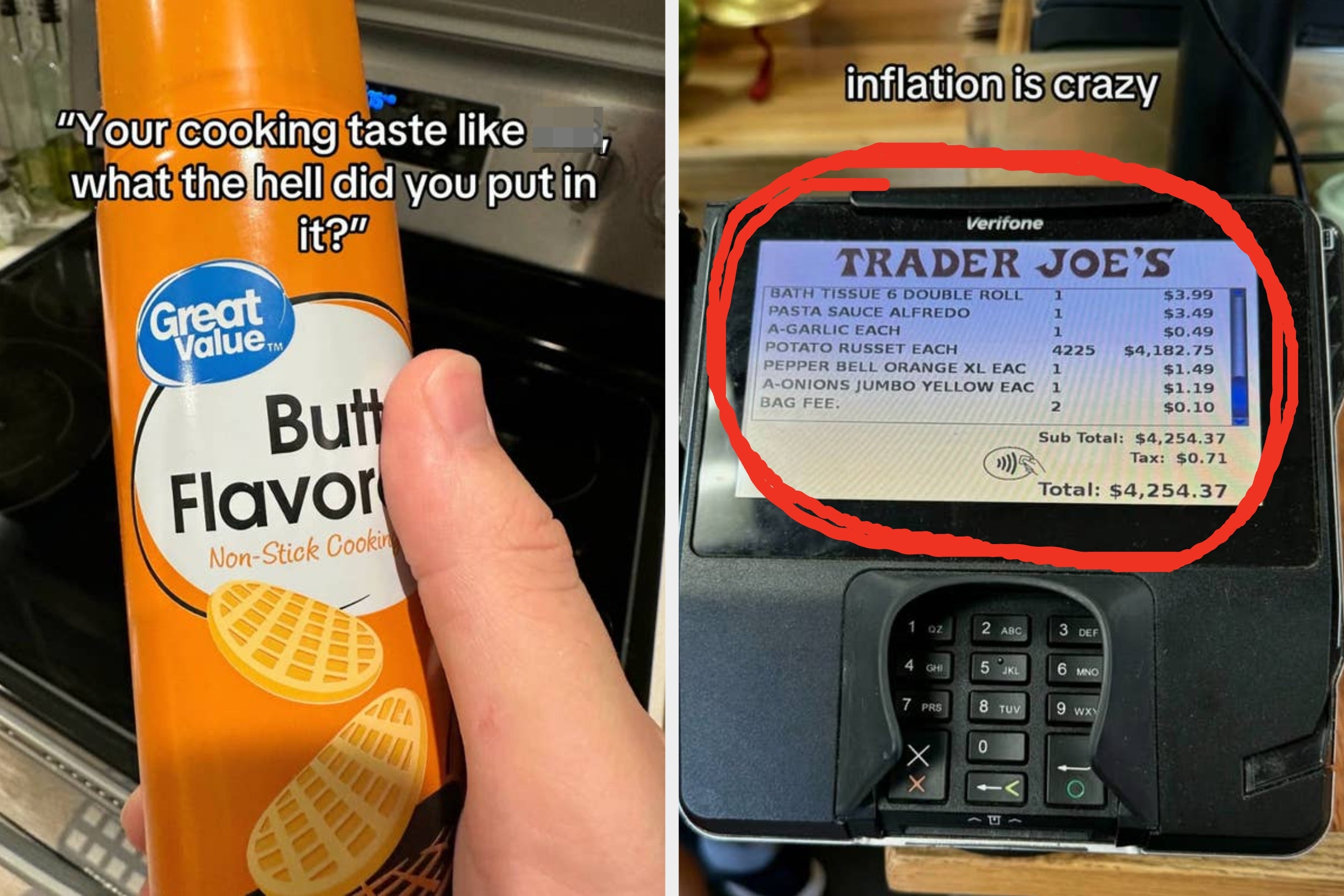 The National Portrait Gallery has a new exhibition on VPs, including a painting of Eisenhower and an oddly leonine Nixon. As we often end up saying in these situations, couldn't curators find a better Nixon anywhere in storage? Here's the text from the gallery's blog:
The National Portrait Gallery has a new exhibition on VPs, including a painting of Eisenhower and an oddly leonine Nixon. As we often end up saying in these situations, couldn't curators find a better Nixon anywhere in storage? Here's the text from the gallery's blog:Rising political stars of both parties sought the office, and in 1952 an ambitious young California senator, Richard Nixon, became Dwight Eisenhower’s vice president. Some presidential scholars point to Nixon as the first of the modern powerful and influential vice presidents. Although Nixon was not in the president’s inner circle, Eisenhower still delegated important tasks to him and kept him in the loop about national security issues.
I had a fascinating conversation the other day with Jeffrey A. Frank, a former Washington Post editor who is getting started on a book about the Nixon-Eisenhower relationship and was visiting the Nixon Library to survey the available documents. He'll discern truth from the record, I'm sure. My layman's feeling is that the President and and his VP experienced a generational gap and also that the architect of D-Day was a little sore when RN outflanked him brilliantly by going over his head to the American people with the Checkers speech and staying on the ticket in 1952 as a result.
When it came time to run again in 1956, Eisenhower let his VP hang fire more than Presidents usually do, making the off-key suggestion that RN would have a better shot in 1960 from a post such as Secretary of Defense. When the election actually came around, he wanted to campaign aggressively for Mr. Nixon against John F. Kennedy, but RN, worried about the chief's health, discouraged him from doing so. By the late 1960s their relationship had deepened further. Eisenhower was overjoyed when his protegee was elected in 1968.








No comments:
Post a Comment